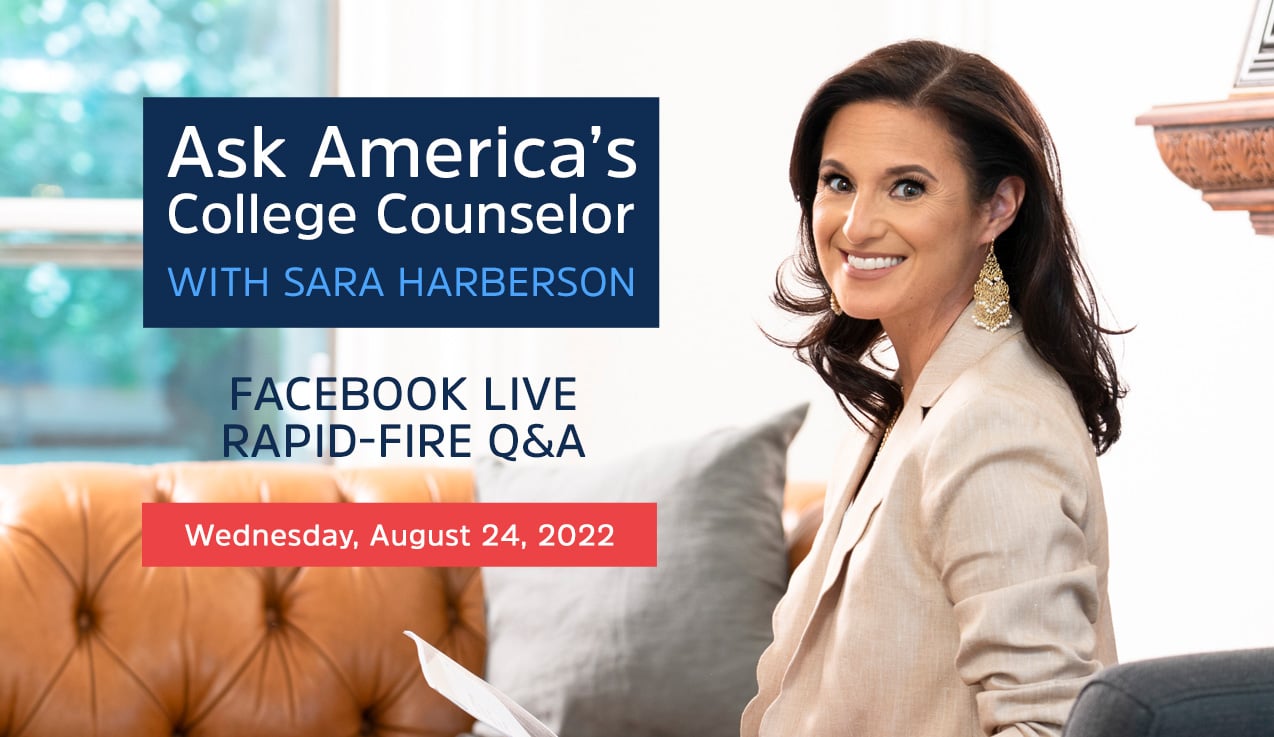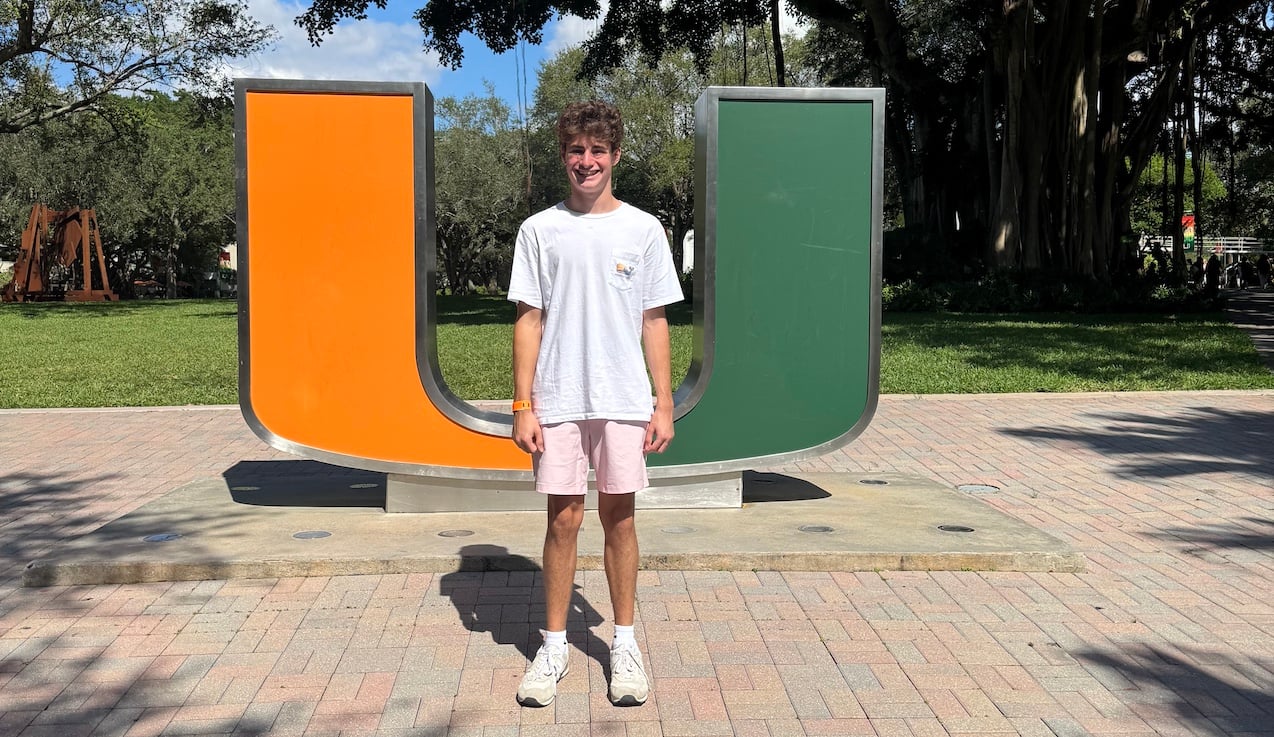A few weeks ago I wrote about the popular Non-Restrictive Early Action programs that a lot of public and private colleges have. This drives up application totals at just about every college that has it.
But there is another form of Early Action and only a handful of colleges use it: Single-Choice Early Action or Restrictive Early Action. The challenge is that the colleges that use these terms often have different definitions themselves.
First, let's review what a Non-Restrictive Early Action program is. If a college indicates that it has an Early Action program, it generally means it's a non-restrictive one. A student can apply to as many Non-Restrictive Early Action programs as they want; they can even apply to an Early Decision program. If the Non-Restrictive Early Action program admits the student, they can wait to decide whether they want to attend that college until May 1st of senior year (unless they get admitted to an Early Decision program which binds them to attend). Northeastern University, Tulane University, the University of Michigan, and the University of Virginia are all popular Non-Restrictive Early Action programs.
Single-Choice Early Action is offered at Princeton University and Yale University. If a student applies Single-Choice Early Action to Princeton or Yale (not both since it is not permitted), they can only apply to programs (this usually means Non-Restrictive Early Action) at public universities in the United States like the University of Michigan and UVA. Students who are admitted under Single-Choice Early Action are not bound to attend. If a student is not admitted under Single-Choice Early Action, they would be permitted to apply anywhere after that, including Early Decision II at another institution.
Harvard and Stanford have Restrictive Early Action programs. But if you read the fine print, their definitions mirror the same restrictions as Princeton and Yale's Single-Choice Early Action programs even if they are using different terms.
RELATED READING: Changing College Admissions One Word at a Time
And then there are colleges that have Restrictive Early Action programs, but have different policies. Caltech just announced in July that it will be switching from Non-Restrictive Early Action to Restrictive Early Action this year. Caltech's definition is even more restrictive, though. A student is not permitted to apply to a traditional Early Action program (of any kind) or Early Decision program if they apply Restrictive Early Action to Caltech. However, if the student is admitted under Caltech's Restrictive Early Action program, they are not bound to attend. The student would have until May 1st of senior year to make a decision.
Notre Dame uses the term Restrictive Early Action as well. Yet, the university's policy states that a student may apply to other Early Action programs (both public and private), but not an Early Decision one.
If you are thoroughly confused at this point, you are not alone. It is almost like these colleges are in cahoots to make the admissions process more complicated. Why can't colleges just use these terms consistently rather than create their own definitions that contradict each other?
The most important takeaway with these Single-Choice Early Action or Restrictive Early Action programs is that they don't give a student a significant edge in the admissions process. They simply allow the student to apply earlier and hear an admissions decision sooner. All the colleges that offer these programs will admit, defer, and deny students in their early round. But the chances of getting admitted to a Single-Choice Early Action or Restrictive Early Action program tends to be very low. Because these programs generally restrict where else you can apply, consider how difficult it is to get admitted before committing to one of them.
READ MORE: Lessons Learned from the 2021-2022 College Admissions Cycle
The good news is that Rolling Admissions programs are permitted under all types of Early Action. So even if you don't get admitted to Harvard in its Restrictive Early Action program, you could get admitted to a whole slew of fabulous Rolling Admissions schools. And those programs aren't trying to confuse students with hard-to-understand policies or unreasonable admissions standards. Rolling Admissions schools simply admit students who are qualified, whereas Single-Choice Early Action and Restrictive Early Action schools are more likely to deny a qualified student. That is why it is rare for me to recommend Single-Choice Early Action or Restrictive Early Action to even the most competitive students.












